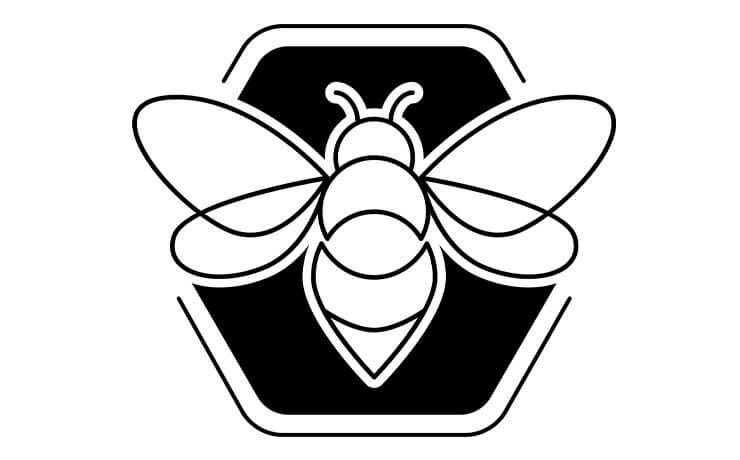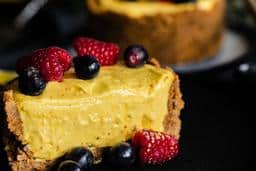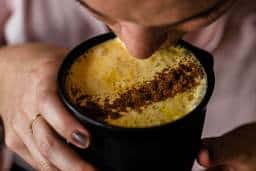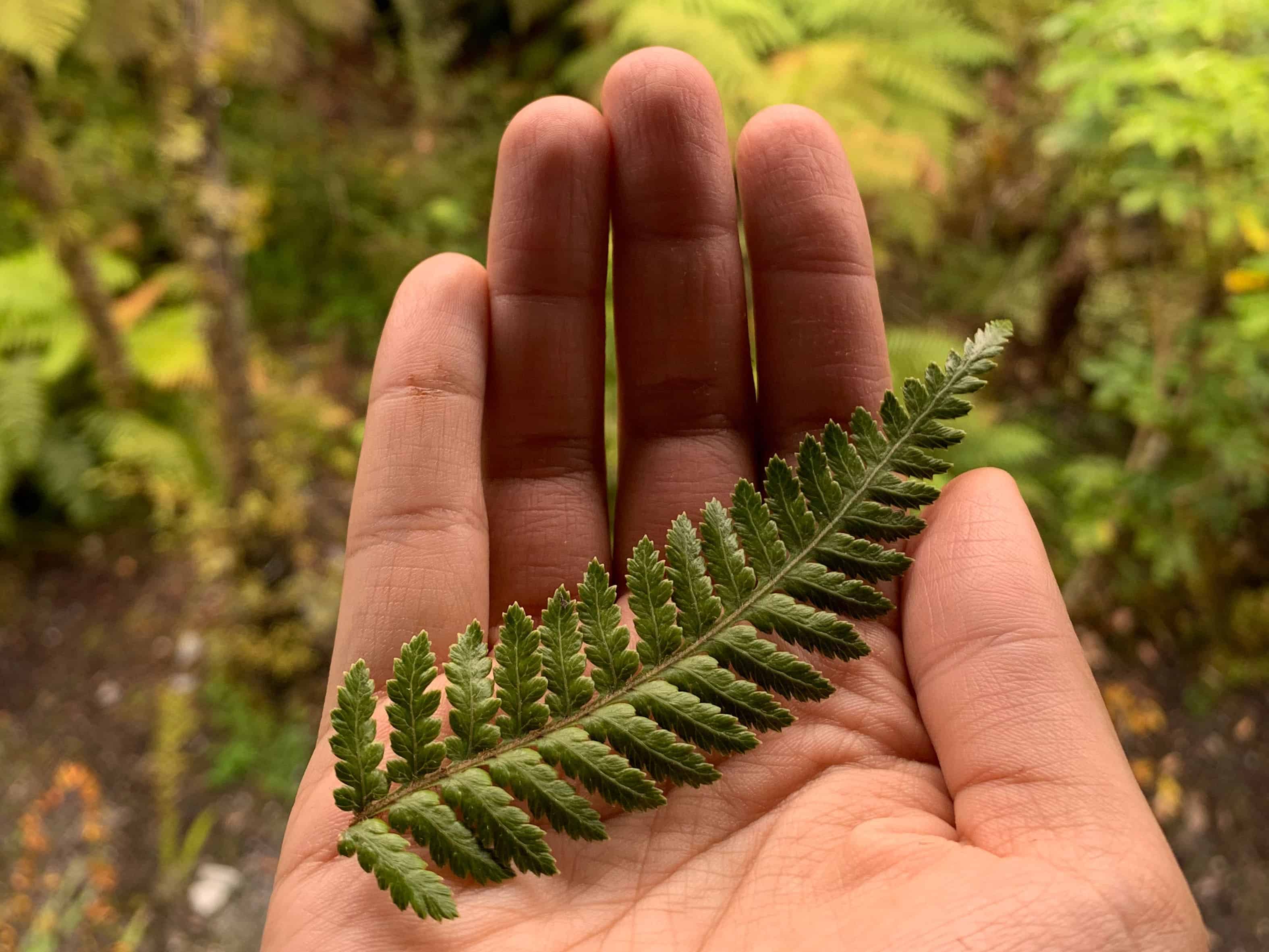Article: What is MGO in Manuka honey?
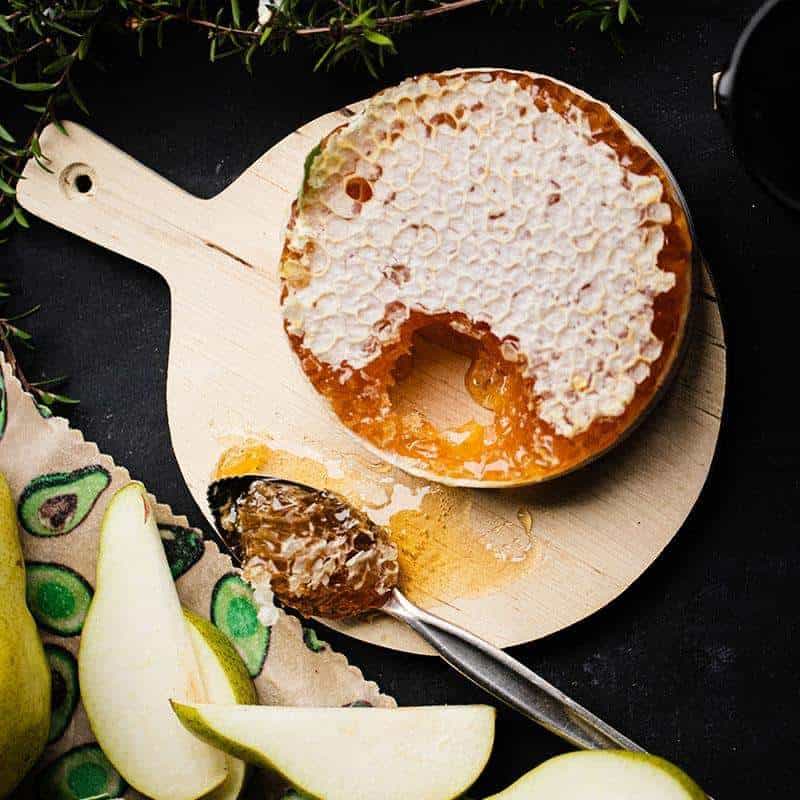
What is MGO in Manuka honey?
The key natural component in Manuka honey is methylglyoxal (MGO). It is found in most types of honey, but usually only in small quantities. But where does it come from in manuka honey?
In Mānuka Honey, MGO comes from the conversion of another compound dihydroxyacetone (DHA), which is found in high concentration in the nectar of Manuka flowers. So what do I look for on your label and what makes MGO so special?
The potency honey is often referred to by using a number and MGO. Most brands like us use a plus (+) behind the number they have on their packaging because MGO grows over time. Yes, honey matures like a good steak, whiskey or wine.
Some brands refer to other marks such as UMF (Unique Manuka Factor) or
The leptospermum scoparium, also called tea tree of Mānuka tree grows uncultivated throughout the New Zealand landscape. Due to the difficulties of finding high-density Mānuka trees in nature the supply of high-grade Mānuka honey is low and the worldwide demand is high. MGO in these quantities is unique to honey from the Mānuka flowers. It has beneficial properties that are known around the world and has been used by Māori people of Aotearoa for centuries.
In Mānuka honey, MGO forms during the maturation of our honey from the conversion of another compound dihydroxyacetone (DHA). It's the magic component that is only found in the nectar of Mānuka flowers.
